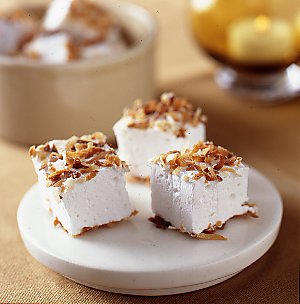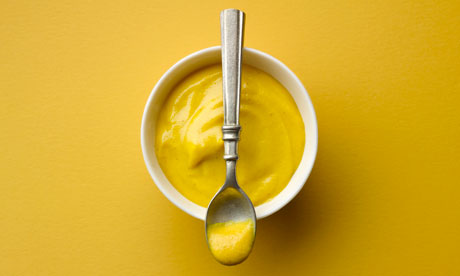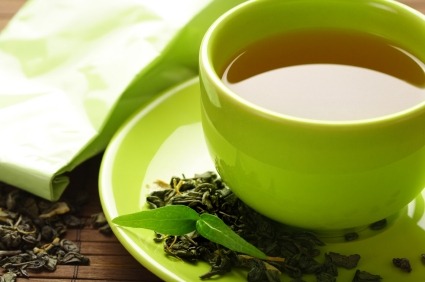Dried Figs
A serving of 10 dried figs provides 269 milligrams of calcium—about 20 percent of the daily recommended amount.

Beans
Beans are an all-around anti-aging superfood—they’re a great plant-based source of protein and rich in cholesterol-lowering fiber, for starters. They’re also good sources of calcium: For example, a one-cup serving of boiled white beans has 161 milligrams.

Nuts and Seeds
Need another reason to go nuts for nuts? Healthy amounts of calcium can also be found in Brazil nuts, hazelnuts, chestnuts, filberts, sesame seeds, tahini, sunflower seeds, and pumpkin seeds. A good idea: Keep a canister of your favorite seeds on the counter and add as a topping to cereals, vegetable side dishes, salads, and soups.

Green Veggies
Yes, there is calcium in some vegetables, and your body can absorb it even better than it can from milk. The levels aren’t quite as high as in dairy foods, though: You’d have to eat 1 ½ cups of cooked kale, 2 ¼ cups of cooked broccoli, or 8 cups of cooked spinach to equal the calcium in a glass of fat-free milk. For a daily quota of 1,200 milligrams of calcium, you’d need to eat 6 cups of kale, 9 cups of broccoli, or 32 cups of cooked spinach—not exactly feasible. Think of calcium-rich veggies as a nice add-on to help you reach your goal while providing a variety of minerals and vitamins that work with calcium to keep bones strong.
Tofu
Tofu made with calcium sulfate (check for it on the ingredient list) supplies a respectable 204 milligrams of calcium in a half-cup serving.
Fortifed OJ or Soy Milk
Some contain as much calcium as a glass of fat-free milk, but be sure to read the label so you know how much you’re getting. Tip: Shake soy milk well before pouring; the calcium added to it can settle to the bottom.
Rhubarb
It takes a creative cook to figure out how to get more rhubarb into your diet, but it’s worth it. One cup of cooked rhubarb has 348 milligrams of calcium, making it one of nature’s top plant sources of the mineral. (Women under age 50 and men under age 70 should aim for 1,000 milligrams of calcium daily; women 50 and older and men 70 and older should strive for 1,200.) Only the stalks of a rhubarb plant are edible and they are quite tart, which is why rhubarb is primarily paired with sweet fruits in breads, cakes, pies, and ice cream.


































